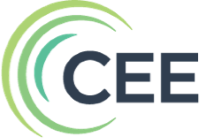|
ECONOMIC LESSONS PRE-K | This page is under construction. Look for updates! Please note, the MSDE social studies standards identified in the lesson may not be up-to-date. |
Children are never too young to start learning basic economic concepts such as scarcity, saving, and spending. Discover how this collection of popular picture books can give your classroom an instant economic boost, introducing new vocabulary and concepts while developing reading comprehension and listening and speaking skills. Click on the blue banner for the lesson plan that includes MSDE standards, key concepts, objectives, activities and assessments. |
|
At the Market by Nadine Golden
| The Supermarket by Gail Saunders-Smith
|
| Where Do You Live? by M.C. Hall
|
People Who Help Us by Hollie J. Endres.
|

